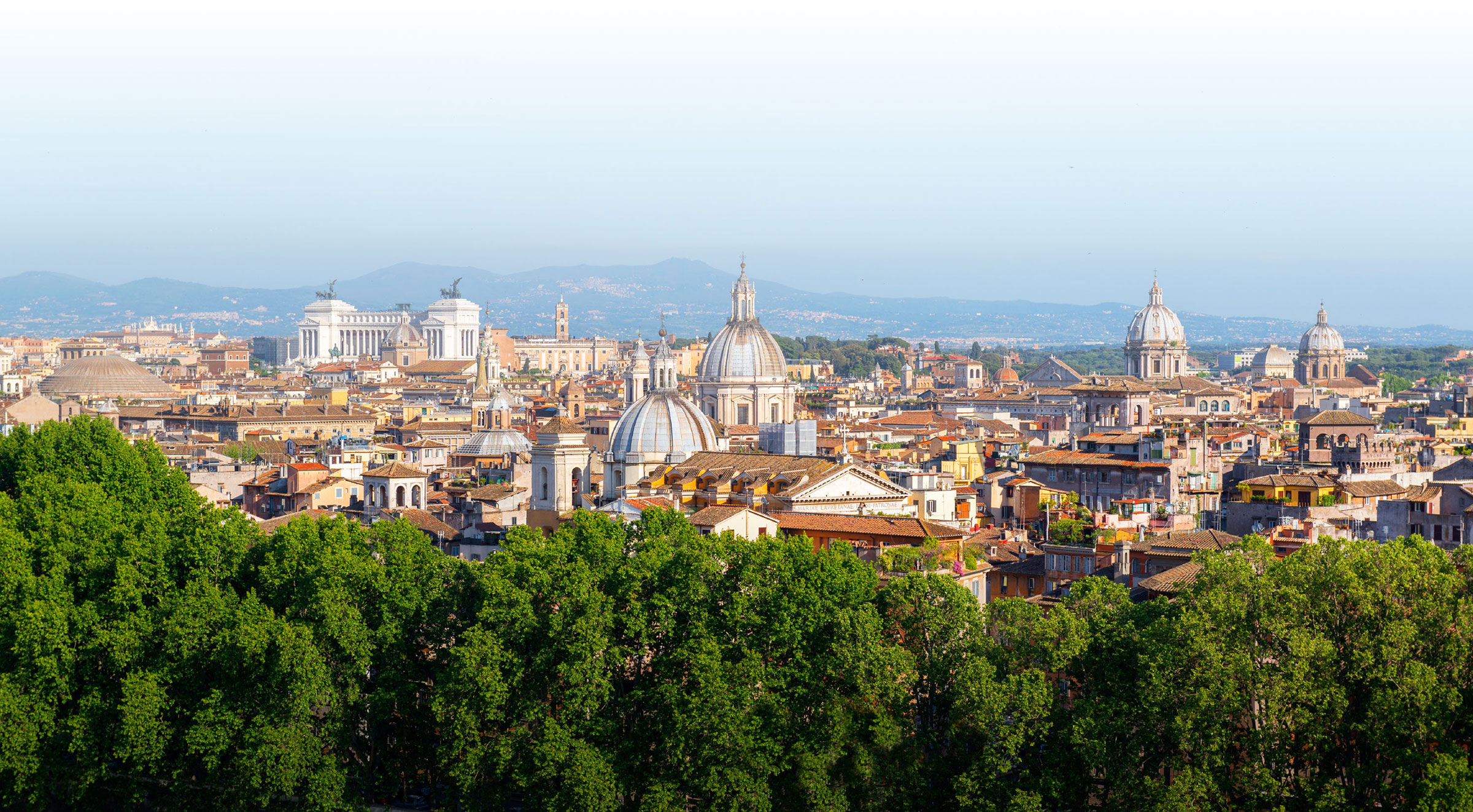Yellowstone National Park, Wyoming
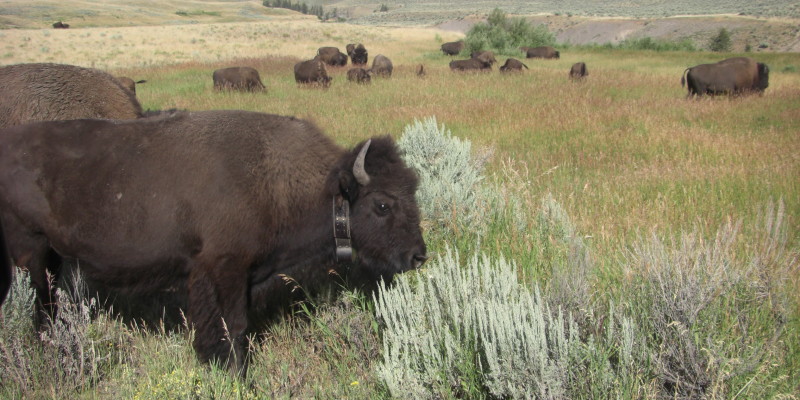
Yellowstone was the first National Park of the United States, and it remains one of the most beautiful and unusual. Known for its spectacular geysers, kaleidoscopic hydrothermal features, and abundant wildlife and wilderness, Yellowstone is a destination that will inspire and educate your entire family.
Most of the 2.2 million acres of Yellowstone make up the caldera of an active super-volcano, a fact which comes as no surprise to visitors who find the sulphur-fumed ground bubbling, steaming, and hissing all around them. Indeed, half of the world’s geothermal features can be found at Yellowstone, and visitors can easily spend days exploring all the park has to offer.
But even if you have just one day, a visit to Yellowstone will provide memories for a lifetime. Here are some highlights you could enjoy on a single day’s journey through Yellowstone or places you can dive into over a several day adventure.
Old Faithful and Upper Geyser Basin
The most well-known feature of the park, this dramatic geyser erupts like clockwork every 91 minutes. Crowds gather as the next eruption nears, and any seat is a good seat for the show. Both you and your children will love learning about the unique geological requirements needed to create geysers, and the special relationship between temperature, pressure, and water that results in these spectacular eruptions. If you have some time to wait, you can walk over to the historic Old Faithful Inn for lunch or a soft-serve ice cream cone.
The region all around Old Faithful is the Upper Geyser Basin, and it contains the highest concentration of geysers in the world—over 150 geysers packed into a tight square mile. Geyser formations on Earth are very rare, making the Upper Geyser Basin one of the most unique geological locations on the planet. Your family can wander over the trails of boardwalks to see these geysers in action.
Grand Prismatic Spring
A dramatic, living science lesson, Grand Prismatic Spring is the largest hot spring in the United States—370 feet in diameter and 125 feet deep. The super-heated mineral water glows blue in the center of the pool, while the bacterial pigments and microbial mats that populate the edges of the spring infuse the water with a rainbow of colors that shift with the seasons. The hypnotic spring provides a great contrast to the powerful geysers. Your children will have an opportunity to see what makes these geothermal features unique from one another. The differences between the hot springs and geysers provides a great opportunity for discussion and research into what exactly makes these features unique from one another, and into the even more complex topic of how the shifting plates of our planet (tectonics) lead to changes on the Earth’s surface. You can even walk along the boardwalk to enjoy the spring from different angles. A tip to remember: follow the Fairy Falls Trail for the best vistas.
Firehole Lake Drive
If you’re in a car (or any vehicle smaller than an RV) you have a great opportunity to take a trip down the two-mile-long Firehole Lake Drive. This drive includes many pullouts to see a whole host of hydrothermal features, and because of the length restriction on vehicles, it’s much less crowded, so you can get up close and personal with geysers, fumaroles (steaming openings in the Earth’s crust), and hot springs.
Norris Geyser Basin
As you wind your way along the boardwalks, traversing the thermal features of the Norris Geyser Basin, it’s not difficult to understand that you’re standing atop an active volcano. The thick, hot air reeks with the stench of rotten eggs and the acidic water bubbles and hisses below your feet. You may notice the curious lack of trees and vegetation along the three-quarter mile Porcelain Basin Trail. The high temperature and acidity of the water coming from these geysers makes it impossible for plant life to thrive. This area of Yellowstone boasts the tallest geyser on the planet—Steamboat Geyser. This dynamic geyser shoots acidic water 300-400 feet into the air! It also holds the record for hottest water temperature in the park—a searing 459°F (237°C) measured by scientists at a depth of 1,087 feet (326 meters) below the surface. Across the thermal features of the Norris Geyser Basin, it’s rare to find temperatures below the boiling point. New geysers appear frequently in the Norris Geyser Basin, making it a dynamic location to study for children and scientists alike, and a great place for return visits.
Mammoth Hot Springs
At the end of a day of touring geothermal features, the hot springs at Mammoth won’t disappoint. Unlike the geysers you’ve already seen, these springs create tiered, travertine terrace formations. Travertine formations are created from limestone deposits and they resemble orange-hued waterfalls stopped mid-fall. The terraces grow and shift rapidly, often up to three feet a year, so returning visitors can be on the lookout for new growth. Mammoth Hot Springs provides a rare and valuable opportunity for returning families to witness changing geological features on a human time scale—an opportunity not afforded by many places on our planet.
And for those interested in understanding alternative energy sources, the geothermal features of Yellowstone are great for a discussion topic. Your children can begin to understand the delicate balance required to responsibly utilize the Earth’s resources. These geysers and hot springs provide a consistent source of heat, which could potentially be utilized to create energy. Your entire family can enjoy discussing and learning about the complexities of harvesting energy and protecting the environment all the while developing strong cause and effect reasoning skills and developing an understanding of this global concern.
The abundance of rare geyser formations, the collection of breathtaking vistas, and the source of unique learning opportunities make Yellowstone, Wyoming a must-see destination. The unique beauty of Yellowstone will leave a lasting impression on your entire family.
Learning Opportunities:
- Understand the differences between geysers and hot springs, and what makes them both unique and rare on Earth.
- Develop an understanding of various geothermal features of the Earth.
- Learn about the unique microorganisms that have adapted to live in these extreme conditions.
- Witness geological change on a human scale with a return visit to the travertine terraces.
- Develop an appreciation for the benefits of preserving natural spaces and the impact of utilizing the Earth’s resources.
- Begin to understand and synthesize the relationship between cause and effect when humans change ecosystems.

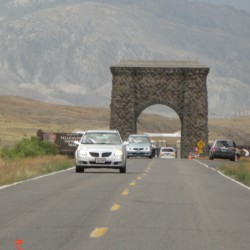
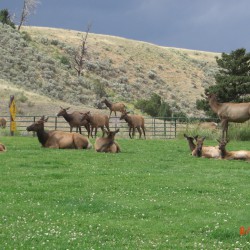
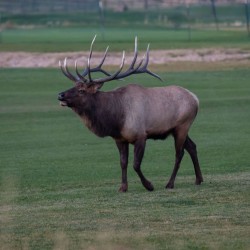
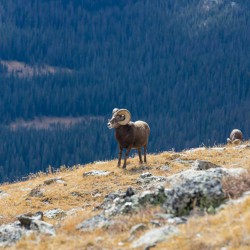
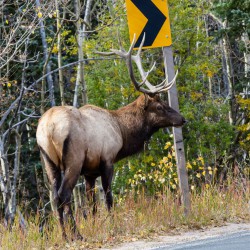
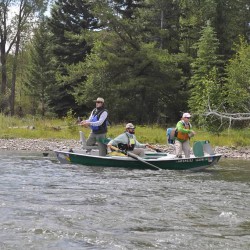
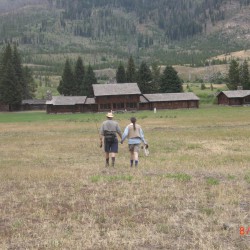
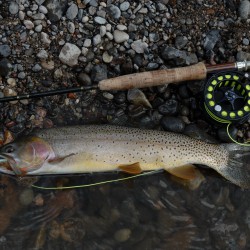
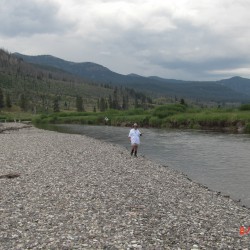
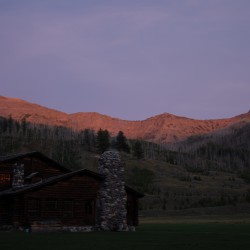
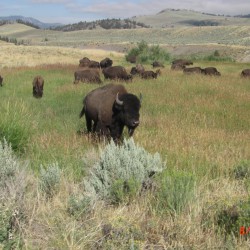
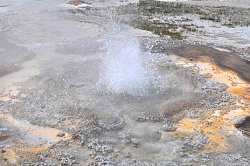
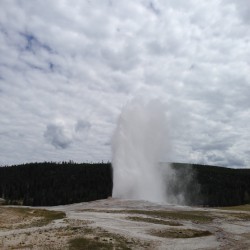
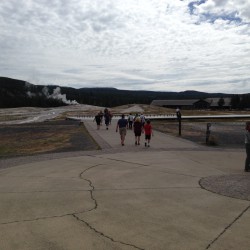
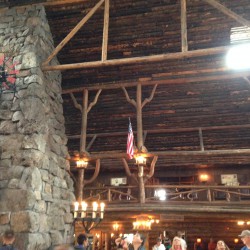
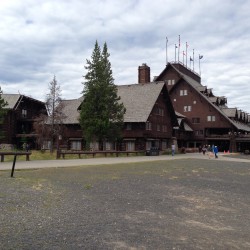
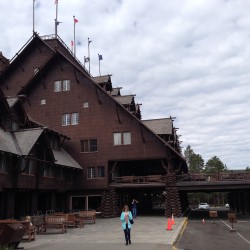
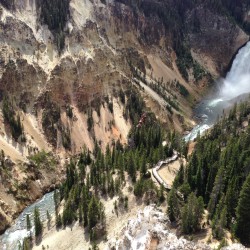
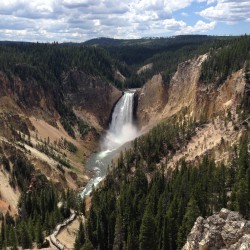
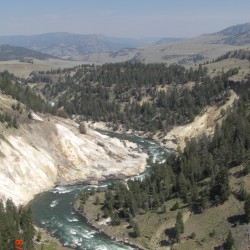
 Undaunted Courage: Meriwether Lewis, Thomas Jefferson and the Opening of the American West
Undaunted Courage: Meriwether Lewis, Thomas Jefferson and the Opening of the American West
